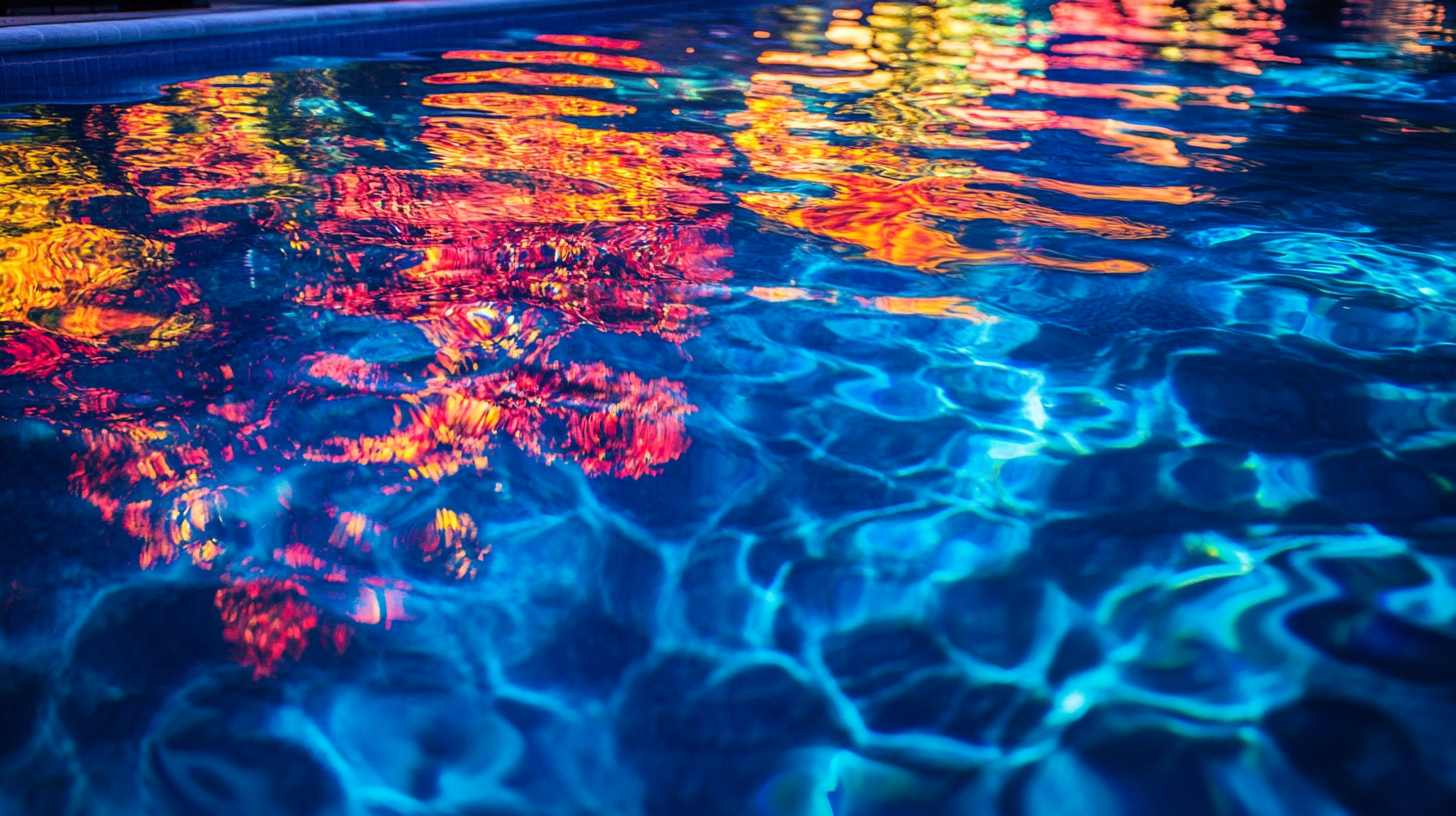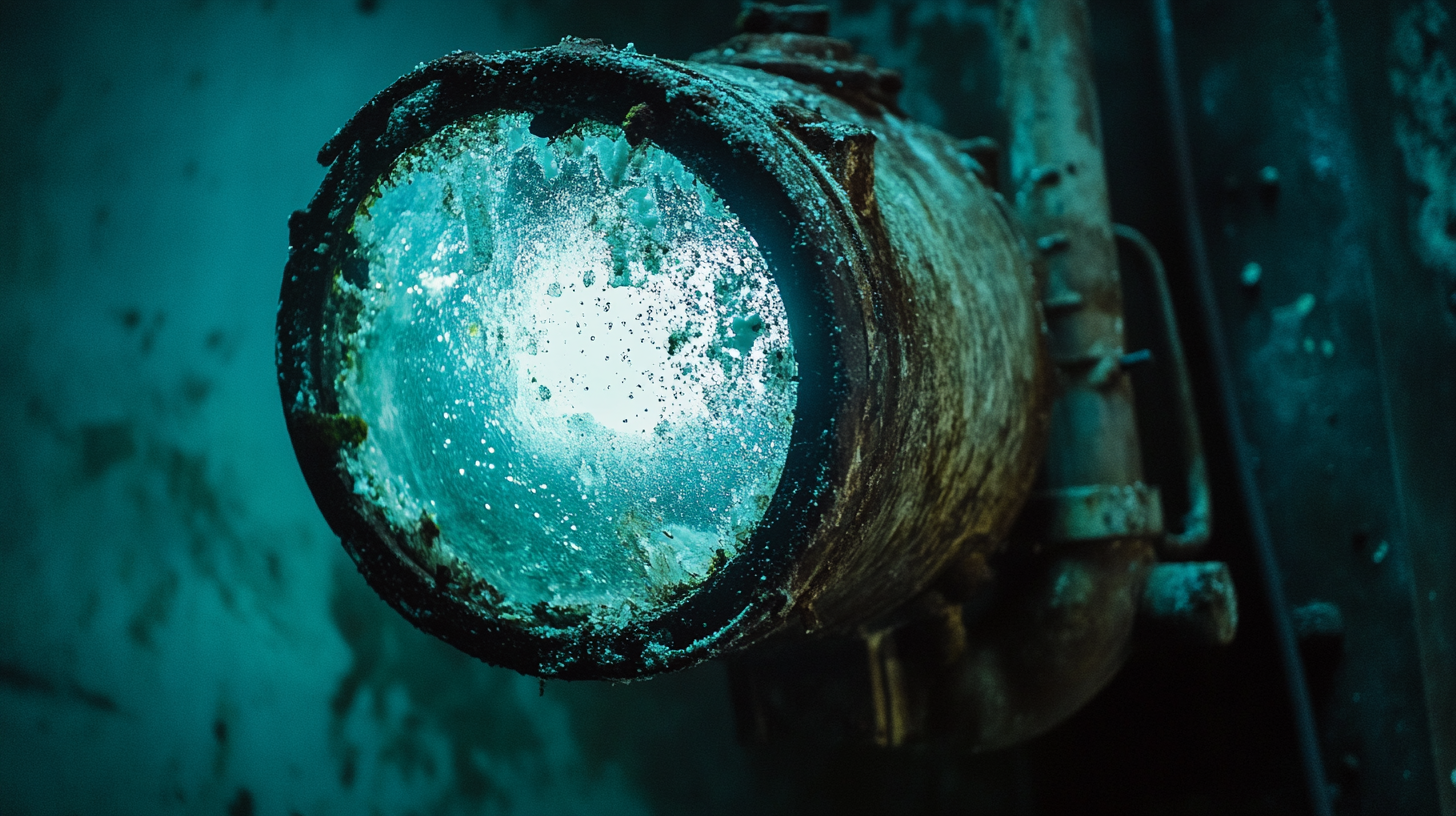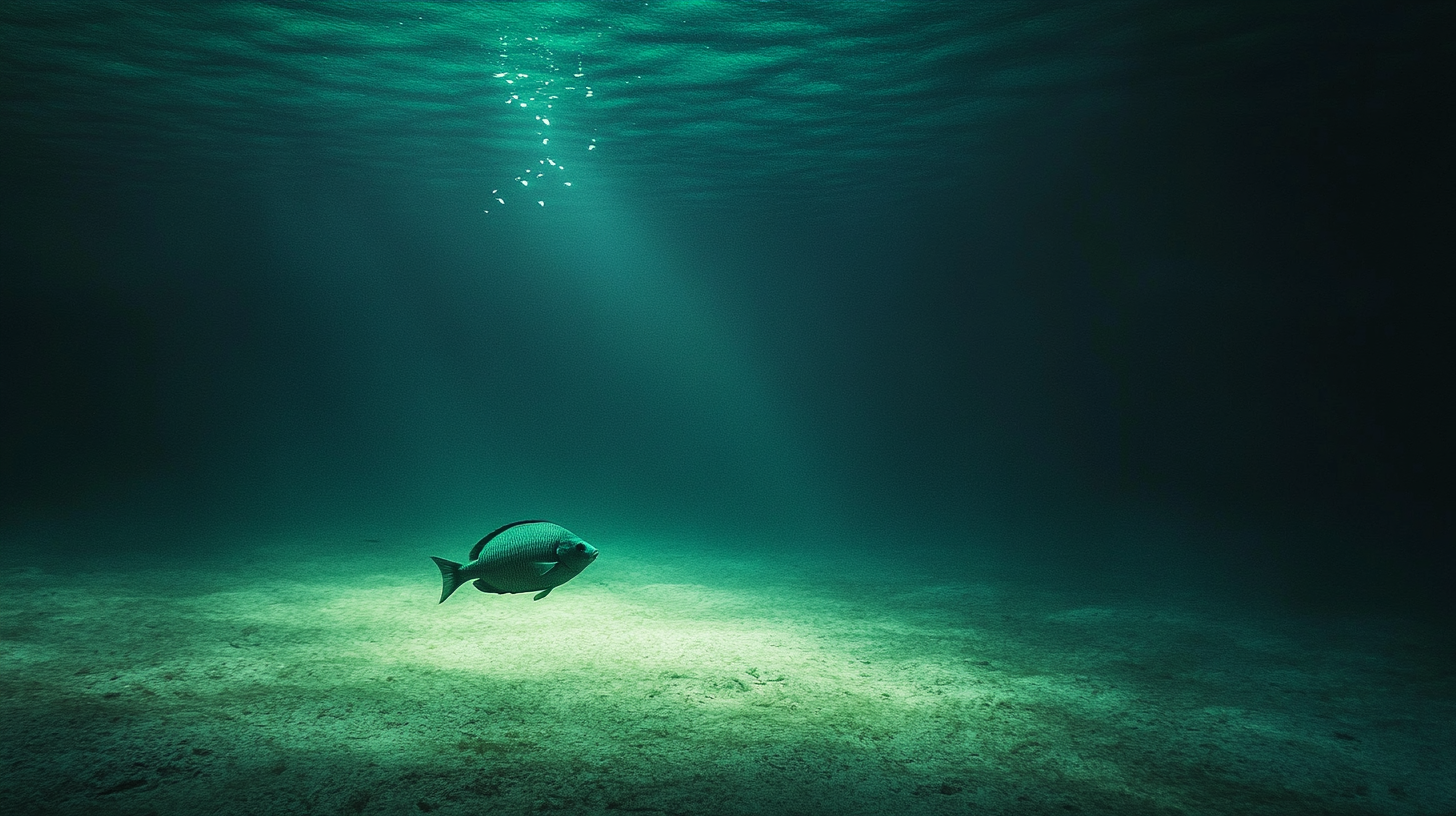The role of underwater pool lights in underwater photography
Grasping the intricacies of underwater lighting dynamics is fundamental to excelling in underwater photography. Unlike a terrestrial environment, where light travels relatively unimpeded, water absorbs and scatters light in unique ways. This means that what might work well above the surface could yield entirely different results when taken underwater. As a photographer, understanding how light behaves below the surface gives you the power to harness it effectively, using pool lights to their full potential.
In underwater environments, light loses intensity the deeper it travels, quickly fading from vibrant whites to muted blues and greens. This phenomenon is referred to as light attenuation, and it’s something that every underwater photographer must keep in mind. Pool lights, when utilized correctly, can help counteract this loss, playing a crucial role in preserving the vividness of colors and the clarity of details.
Another tricky aspect of underwater lighting is the increased diffusion of light. Water scatters light much more than air does, which means that even small changes in the position of your light source can have dramatic effects on how your subject appears. Pool lights, strategically placed, can slice through this diffusion, focusing beams where they are needed most and controlling the spread to avoid overexposure or random hotspots.
Understanding these dynamics not only helps in choosing the right lights but also influences how you position and adjust them during your shoot. Mastering this aspect can turn a photograph from flat and dull into something truly breathtaking, making the art of underwater photography as much about understanding light as it is about framing your shot.
Types of pool lights for photography
When it comes to underwater photography, selecting the right type of pool light plays a pivotal role in defining the mood, capturing accurate colors, and bringing out the finer details in your subjects. Not all pool lights are created equal – each type has its own set of advantages when used for photography, making it essential to understand which might best suit your needs.
Halogen lights are one of the oldest types of underwater lighting and were once the go-to choice for many underwater photographers. With their warm, yellowish glow, halogen lights can create a soft, romantic ambiance that works well for certain types of shots, especially if you’re aiming for an earthy, classic vibe. However, they have some downsides in the world of photography; they consume more energy, generate a lot of heat, and their color rendering might not be ideal for capturing the true vibrancy of underwater scenes.
LED lights have rapidly taken over as the favorite for underwater photography due to their versatility, energy efficiency, and the vast range of colors they can produce. Modern underwater LED pool lights can emit a spectrum of colors that can be fine-tuned to match the ambiance you’re aiming for – from cool blues to fiery reds. Their ability to change colors with ease means you can experiment with different lighting environments during a shoot, all without swapping out the fixtures. LED lights are also great when it comes to capturing vibrant, crisp images because they deliver consistent light output, minimizing the risk of flickering that might ruin a frame.
For those photographers who want an intense, powerful beam of light, fiber optic pool lights can be a game-changer. Fiber optics work by transmitting light from a central source, which is usually an LED or halogen bulb, through a bundle of fibers that direct the light to where it’s needed. The result? A concentrated, pinpoint light source that can be used to illuminate specific areas of a scene or highlight important features without overpowering the background. This makes them especially useful when you’re dealing with large, complex subjects that need precise lighting to bring out their details.
If you’re looking for variable intensity and directionality, consider investing in recessed or niche pool lights. These lights are highly customizable and can be installed in specific positions around the pool to create dramatic uplighting or spot effects. Because they can be angled and tilted, recessed pool lights give you incredible control, allowing you to direct the light exactly where it’s needed without worrying about unwanted glare or reflections.
Ultimately, the choice of pool lights for underwater photography depends on the specific requirements of your shoot. Whether you aim for a warm, inviting atmosphere, or a sharp, highly detailed representation, understanding the pros and cons of each type of pool light will enable you to select the ones that best complement your creative vision. Employing the right light can elevate your underwater photography to new depths, capturing the mysterious and mesmerizing world beneath the water’s surface in all its glory.
Techniques for optimal light placement
Effective light placement in underwater photography is all about maximizing the role of your pool lights in capturing the perfect shot. The way you position these lights can dramatically alter the mood, depth, and clarity of your images, making it essential to approach this task with both creativity and precision. Ideally, you want to illuminate your subjects in a way that enhances their natural features while also playing with shadows and reflections to add depth and intrigue.
One of the key techniques in optimal light placement is using multiple light sources. Relying on just one pool light might create harsh shadows or uneven illumination, which can detract from the image’s overall quality. By positioning multiple lights around your subject, you can control the distribution of light more evenly, reducing shadows that might obscure important details. For instance, placing two lights at 45-degree angles to your subject can help to create a sense of dimensionality without overwhelming the scene with brightness.
Angle and distance are crucial considerations when positioning your pool lights. The angle at which the light hits your subject can dramatically impact the image’s final look. A direct, head-on light might flatten your subject, while side lighting can enhance textures and shapes by casting appealing shadows. Experiment with different angles to find what works best for the scene you’re trying to capture. Similarly, adjusting the distance from the light source to the subject allows you to manipulate the intensity. The closer the light, the stronger and more focused the beam; the further away, the more diffuse and softer the lighting becomes.
Backlighting is another powerful technique in underwater photography. By positioning a pool light behind your subject, you can create an ethereal, halo-like effect that makes the subject pop from the background. This effect works particularly well for adding drama and mystery to your images, and it can also be used to emphasize translucence in subjects like jellyfish or delicate aquatic plants. Just be mindful of potential flare or overexposure, which can be mitigated by subtly adjusting the light’s intensity or using a filter.
In complex scenes involving multiple subjects or expansive backgrounds, employing spotlighting can help to draw the viewer’s eye to specific areas of the image. By using narrow-beam pool lights, you can highlight particular points of interest while allowing the surrounding areas to remain softly illuminated or even fading into shadow. This technique can create a natural hierarchy within your composition, leading the viewer through the image in a deliberate, aesthetically pleasing manner.
Lastly, keep in mind the importance of the environment in determining your light placement. Pool walls, water surface conditions, and bottom reflectivity all play a role in how light behaves. For example, lighter-colored pool walls can bounce light back into the scene, offering additional ambient light, while darker walls will absorb light, creating a more intimate, moody atmosphere. Reflections off the water’s surface can sometimes cause glare or blemishes in your images, so consider submerging your lights fully to avoid surface reflections or using diffusers to soften harsh light reflections.
All in all, the strategic placement of pool lights in underwater photography can make the difference between an amateurish snapshot and a professional-grade image that captivates and inspires. Whether it’s a subtle backlight to add depth or a spotlight to draw attention to fine details, mastering light placement allows you to truly harness the power of these underwater tools. And when done right, your images won’t just capture a moment – they’ll tell a story, bathed in the perfect light.
Effects of light color on image quality
The color of light used in underwater photography holds considerable sway over the final appearance of an image, with different hues eliciting varying emotional responses and playing distinct roles in highlighting specific features of a scene. Understanding how these colors interact with the underwater environment and the subjects within it can be the difference between an ordinary image and one that resonates with depth and emotion.
In underwater environments, the natural color of the light shifts as it penetrates deeper into the water. Red, for instance, is the first color to disappear as depth increases, followed by orange, yellow, and green, with blue remaining the most dominant. This is why deeper underwater scenes tend to have a blue or greenish tint. Pool lights give photographers the ability to compensate for this natural light falloff, reintroducing missing colors and giving them a more balanced and natural look.
Red lights or filters, for instance, are particularly effective when shooting subjects at a depth where red wavelengths naturally won’t reach. Using red lighting or a red filter can restore warmth to an image, enriching the skin tones of human subjects or revitalizing the reds in corals and other marine life. This contrast against the naturally cool, blue hues of the water can result in images that are vivid and striking, perfect for creating a dramatic, intense atmosphere. However, too much red light can make the scene look unnatural, so it’s important to balance it carefully against other colors.
On the other end of the spectrum, blue lights enhance the natural shades of the underwater environment. Cool blue lighting can help in achieving a serene, tranquil scene, accentuating the ethereal quality of the water. This color is ideal for wide-angle shots where the expansive, open feel of the ocean or a pool needs to be emphasized. Blue lights also work well to highlight subjects with cooler tones, such as certain species of fish or aquatic plants, creating a coherent, unified look across the image.
Beyond the extremes of reds and blues, green lights have a niche role in specific types of underwater photography. Green lights are often employed when photographing aquatic life that lives closer to the water’s surface, in environments rich in algae or among green aquatic plants. This type of lighting can emphasize the organic feel of such environments by enhancing the color of foliage and producing a natural harmony between the illuminated subject and its surroundings. In some cases, green lights can be used creatively to craft a mysterious or otherworldly ambiance, particularly in images aiming to convey a sense of isolation or subtle intrigue.
One of the most versatile lighting setups in underwater photography involves using color-changing LED lights. A blend of different colors can be gradually phased in and out, allowing photographers to experiment with the impact of different tones on their subjects. This versatility can prove invaluable in capturing images that require just the right hue to evoke a particular mood or to bring out the full potential of the image’s color palette. For instance, a soft transition from white to pink lighting might be used in a model shoot to create a soft, romantic feel, whereas a shift from blue to green could enhance the natural beauty of a more dynamic underwater environment.
In addition to setting the mood and amplifying specific aspects of the scene, the selection of light color can help resolve practical issues that often arise in underwater photography. For instance, to counteract backscatter – the flecks or particles in the water that can reflect direct light back into the camera lens, creating undesirable spots in an image – choosing a warmer, more diffused light source can minimize reflection and improve overall image clarity.
Different types of light colors also exhibit varying degrees of penetration and diffusion underwater, influencing how they interact with particulates in the water or the surfaces they illuminate. For example, a narrow beam of cool white light might cut through murky water more effectively than a broader beam of warm light, offering greater precision in highlighting specific details within a scene.
In sum, while underwater photography poses unique challenges due to the distinct properties of light underwater, the role of color in overcoming those challenges cannot be understated. Understanding the nuances of how different colors interact with water and subjects allows photographers to craft visually appealing images that not only capture the essence of a scene but do so with emotional and artistic depth. Whether intending to evoke a peaceful, otherworldly realm, or draw attention to the vividness of marine life, the judicious use of colored pool lights plays a crucial role in the success of underwater photography.
Safety considerations in using pool lights for photography
While underwater pool lights can dramatically enhance the aesthetic and technical quality of your photographs, it’s crucial to understand the safety considerations that come with their use. Underwater photography inherently involves certain risks, and adding lighting equipment to the equation can multiply those risks if not managed properly. A little caution goes a long way in ensuring that your photography session remains not only successful but safe for all involved.
Firstly, before even setting up your pool lights, it’s essential to verify that all the electrical components are completely waterproof and specifically designed for underwater use. Using non-waterproof lights or improperly sealed units can lead to catastrophic failures, including electrical shorts, water damage, or even electrocution. Make sure to double-check the IP rating (Ingress Protection) of your lighting equipment. An IP68 rating is ideal for underwater use, as it indicates that the light is both dustproof and capable of enduring long periods of submersion in water.
Next, it’s vital to be mindful of the power sources you are using. Underwater pool lights typically require a lower voltage to minimize the risk of electric shock. Most systems are designed to operate at 12V or 24V, which is considered safer than standard household voltages. Never attempt to use regular high-voltage lighting systems underwater, as even a tiny malfunction could have life-threatening consequences. Additionally, ensure that all connections and cables are designed to prevent water ingress. Watertight cable connectors and junction boxes are a must to maintain the integrity of your setup.
Keep in mind that the combination of water and electricity is inherently dangerous, so regular maintenance and inspections of your equipment are non-negotiable. Check all seals, cables, and connectors before each use to ensure they are intact. If you notice any signs of wear or damage, replace the components immediately rather than attempting temporary fixes, which could fail at the worst possible moment.
Overheating is another potential safety hazard, especially in confined underwater environments like pools where water flow might be limited. LED lights are often promoted as energy-efficient and low-heat, but they can still become dangerously hot if used for extended periods, especially if the light fixtures are improperly ventilated or submerged to a depth they aren’t rated for. Always follow the manufacturer’s recommendations on safe operation times and depth limits to prevent overheating issues.
Moreover, ensure that your lighting system is compatible with the water’s chemical composition where the photography will be taking place. Chlorinated pools, saltwater tanks, and freshwater environments all require different considerations. Chlorinated and saltwater environments are particularly corrosive, and prolonged exposure could deteriorate even high-quality materials. Opt for lights made from stainless steel or marine-grade materials that are resistant to corrosion, and rinse the lights with fresh water after each use to remove any residual chemicals.
Safety doesn’t end once the equipment is installed; it also extends to how you conduct your photo shoots. Always consider the placement of power cables and ensure they do not create tripping hazards or get tangled during the shoot. Additionally, if possible, have one team member designated to monitor the lighting setup throughout the shoot. This person can quickly address any unforeseen issues, such as lights shifting or water infiltration into the apparatus, before they escalate into more significant problems.
One vital consideration often overlooked is the heat generated by lighting systems and the potential impact it can have on both human and non-human subjects. Certain lights, especially older halogen types, can cause water temperatures to spike if used over a lengthy period, which can stress aquatic life or make the pool uncomfortable for models or other participants. Keep a close eye on the water temperature, particularly in shallower areas where heat buildup is more likely, and take breaks to allow the environment to cool down if necessary.
Finally, ensure that all participants in the underwater shoot are aware of electrical safety protocols. Before diving in, brief everyone on the location and operation of safety switches or circuit breakers and explain what to do in case of an emergency. It’s also wise to have a GFCI (Ground Fault Circuit Interrupter) installed in the power circuit to immediately cut off the power supply if an electrical fault is detected.
By taking the necessary precautions and respecting the electrical complexities involved in using pool lights, you can fully focus on the creative and technical aspects of underwater photography without exposing yourself or others to unnecessary risks. Safety should always be your top priority, ensuring that you can continue to capture the mesmerizing world beneath the surface with confidence and peace of mind.


